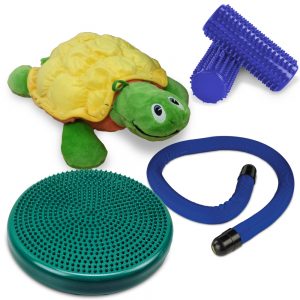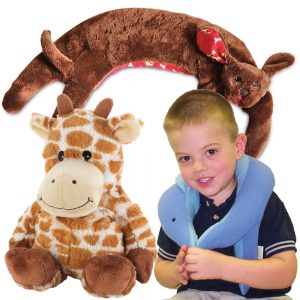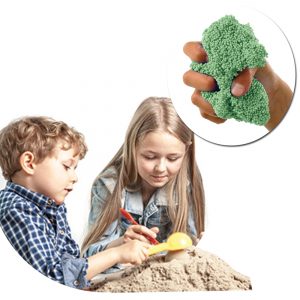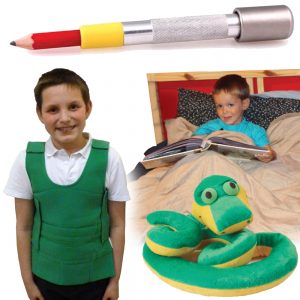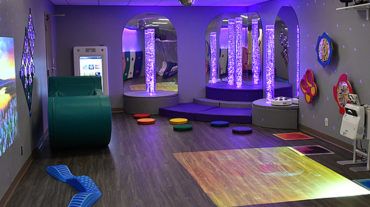The Tactile Sense
Our tactile sense keeps us in touch with our environment. Our sense of touch is derived from a range of receptors in our skin that take messages about pressure, vibration, texture, temperature, pain and the position of our limbs and pass it through our nervous system to the brain. Our tactile receptors fall into there are 4 groups.
Mechanoreceptors: These receptors pick up sensations like pressure, vibration and texture. There are currently four types of mechanoreceptor and their sole function is to transmit information about indentations and vibrations on the skin. Mechanoreceptors found from the upper layers of the skin pass information about pressure and texture and are are more densely distributed in non-hairy parts of the skin like the palms, tongue, soles of the feet and our lips.Mechanoreceptors in the lower layers of the skin and along tendons and joints collect information about vibrations travelling along our bones, the tension of our skin and the movement of our limbs. These senses our vital to physical activities such as walking or catching objects.
Thermoreceptors: These receptors pick up sensations of hot and cold. The cold receptors start to perceive the sensation of cold when the skin drops below 95°F. The sensation of peaks at 77°F and are no longer receptive when the skin drops below 41°F. This is why your hands and feet go numb when subjected to extreme levels of cold.hot receptors kick in when the surface of the skin reaches 86°F and this sensation peaks at 113°F. After this pain receptors take over to avoid tissue damage.
Painreceptors: We have over 3,000,000 and they are found in the skin, bones, some organs, blood vessels and muscles. The role of the painreceptor is to encourage you to move away from the cause of the stimulus be it a needle or a hot iron. these receptors can also produce a prolonged, dull ache to indicate that an area has been injured and should not be touched or used to allow the area time to heal.
Proprioceptors: These receptors provide feedback to the brain on the position of different parts of the body in relationship to each other. Located in tendons, joint capsules and muscles, proprioceptors monitor tiny variations in muscle tension and length to paint a picture of where our bodies our in space. Proprioceptive feedback is crucial to the fine motor skills that allow us to type, play musical instruments and feed, wash and clothe ourselves.
Understanding the tactile sense enables us to appreciate how finely balanced this system is. A sensory processing disorder that affects the sense of touch can significantly impact on a person's life. Managing tactile stimuli in a Snoezelen environment by focussing on pleasant tactile experiences can reduce anxiety and promote well being in those with a range of conditions.

